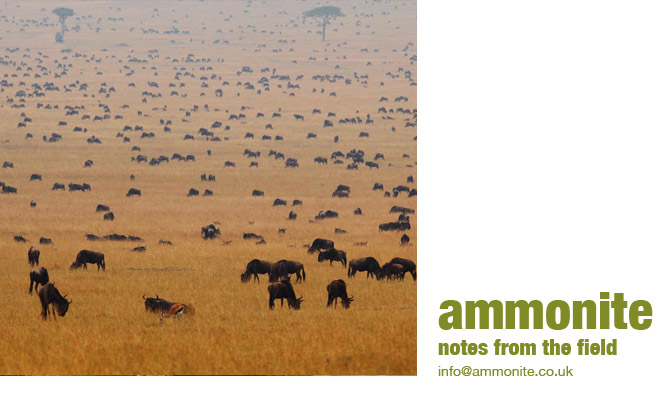 When the public relations skills were handed out to the animals, the hyenas must have been somewhere else - and the lions got the hyena share of human popularity.
When the public relations skills were handed out to the animals, the hyenas must have been somewhere else - and the lions got the hyena share of human popularity. Male lions, despite usually being greedy thieving thugs, have lovely long manes and charismatic looks. They inspire awe and respect among humans. Male hyenas on the other hand, are often seen wallowing in mud, or the excrement of other animals, perhaps hanging round lions as they feed, apparently hoping for scraps left by the king of beasts. The male hyena has a reputation for cowardice and submission in front of the more powerful females.
But if you look closely at the hyenas surrounding lions on a kill (for real or on TV), you will quite likely see one with blood on his neck - certainly the animal that made the kill - a hyena and not a lion.
Many people now realise that the truth about hyenas differs from the way they have been portrayed in the media. Night filming is helping us uncover more of what hyenas, and male hyenas in particular, really do.
The male hyenas do the bulk of the hunting - the feeding of the clan. They are faster and lighter than the bulky females, and can as a group out-run and bring down almost any animal they choose, healthy or not. At night it seems that hyenas are almost completely predatory, hardly bothering with carrion, while lions will steal a significant proportion of hyena kills.
The male hyenas do seem to get a raw deal. But in reality, they are valued members of the clan, acting as baby sitters at the den, giving support and reassurance to youngsters, making kills for suckling females, and generally acting as a mobile security network keeping the boundaries of the clan territory intact. And when lions threaten it's the males who dart around the lions, harrying them, getting them to run and tire, while the powerful testosterone filled females have the serious muscle ready
just in case.



















































